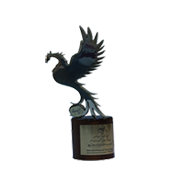
National selection of top producer of
poison and fertilizer
in Iran
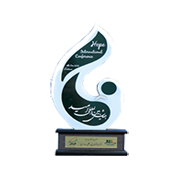
Omid International Conference
International Conferences Center
In Tehran
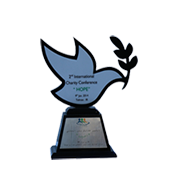
Omid Second International Conference
International Conferences Center
In Iran

Omid Third International Conference
International Conferences Center
In Iran

Omid Fourth International Exhibition
International Conferences Center
In Tehran
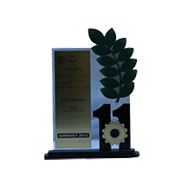
11th International Agricultural Industry
Exhibition
Machinery and related services

Second Specialized Agricultural Exhibition
The permanent location of
the Bustan fairs

11th International Agricultural Fair
Premier Booth
In Iran
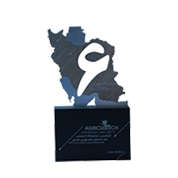
Sixth specialized exhibition
Tehran Agricultural Agencies
In Iran
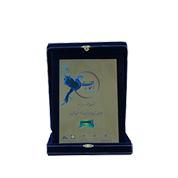
National Award for Top
Manufacturing Unit
In Iran-gazvin
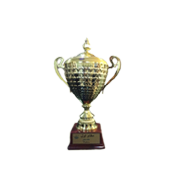
First place
Safir Cup Tournament
In Winter
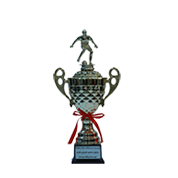
Top Team
Ramezan Cup Tournament
TehraniMoghadam
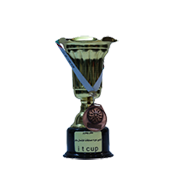
Third place
Safir First Futsal Cup Tournament
itcup

Sprayer calibration
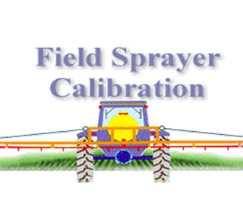
Adjusting the sprayer to spray a certain amount of toxic solution per hectare with a predetermined diameter of the drain and a certain number of drains per square centimeter is called calibration. Calibration is the determination of the amount of toxic solution that is spread by the sprayer in a specific surface unit (e.g., ha). Due to the variety of sprayers, the calibration of sprayers is certainly different.
The purpose of the calibration is:
- Adjusting the sprayer in order to prevent excessive waste of the poison and reduce its effects on the environment and the spraying user,
- Uniform distribution of pesticides on the farm and prevention of plant burns
- Reduce the duration of spraying and prevent its recurrence and reduce the cost of spraying
- Adjust the amount of water consumed and prevent it from being wasted
- Prevent unwanted environmental pollution
Sprayer calibration steps
- Determine the volume of liquid to be sprayed
- Adjust the device so that it can change the volume of liquid to be sprayed
- Adjust sprayer and select user criteria to determine liquid volume
Parameters affecting sprayer calibration
Select the nozzle
The nozzle is the part of the sprayer from which the poison solution comes out. Nozzles have different types in terms of type of cover and hole diameter. Such as: blow nozzles, conical nozzles and flood nozzles.
Sprayer pressure
Spray pressure varies in the fight against weeds and pests and diseases. The higher the sprayer pressure, the higher the pesticide output and the smaller the diameter of the pesticide particles.
, which is recommended 2 to 3 times in weed sprayer to fight weeds in boom sprayers and 3 to 5 times to fight pests and diseases.
Due to the direct effect that pressure has on the particle size and spray pattern, it cannot be used for large changes in the solution per unit area.
Therefore, in calibration, if the goal is only minor changes in the amount of solution used, this goal can be achieved by changing the pressure, which is done through the pressure regulating valve or regulator. But if the goal is to change the solution a lot, other components such as vibration and speed must be changed.
User speed or sprayer
The most suitable speed for spraying 3 to 6 kilometers per hour is recommended.
The amount of solution used per hectare
The amount of solution used varies depending on the type of nozzle
Checking the general condition of the sprayer
Prior to calibration, all parts of the sprayer, including filters, hoses, tank, and sprayer stirrer, should be inspected.
Calibration
All calibration operations are performed with water. When spraying, it is necessary to observe safety items, which include the use of masks, glasses, hats, gloves, clothes and appropriate shoes, and in case of inappropriate conditions such as hot hours of the day and the presence of wind, spraying should be avoided.
Calibration of sprayers
Depending on the type of sprayer, some water is poured into the sprayer tank. A distance of a certain length is sprayed. The distance traveled is multiplied by the width of the sprayer and the spraying surface is obtained. Using simple proportionality, the amount of solution used per hectare is obtained.
Example
If with a 400-liter sprayer behind the tractor whose working width is 6 meters, the length is 100 meters and the amount of pesticide solution consumption is 23 liters, the amount of toxic solution required for one hectare is calculated by the following method:
Total sprayed area per square meter 6×100=600
The amount of toxic solution required per hectare 10000×23/600=383 liter
The nozzles should be the same and the movement speed should be the same during calibration and after general spraying. In the case of lance sprayers, the amount of spray of toxic solution per hectare can be calculated by measuring the area of the garden or agriculture that can be sprayed with 100 liters or 50 liters of toxic solution. In the sprayers behind the canvas tractor, it is necessary to pay attention to the type of nozzle that determines its flow and angle, to adjust the height of the sprayer canvas from the target plant.